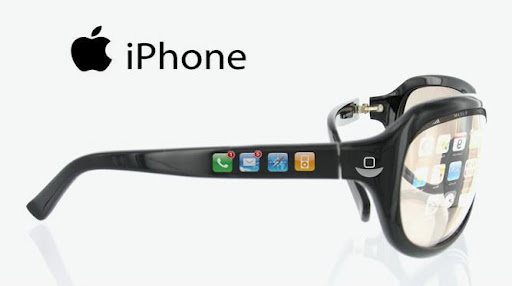Smart eyeglasses are old news and with Google Glass and Snap Spectacles receiving lukewarm reception why did Intel launch Vaunt? Intel, the 50-year old company synonymous with high-speed CPUs tossed its hat into the ring of smart glass developers with a different take on what smart eyeglasses should be. First, it had to be stylish, not nerdy looking. Intel considered acceptance a hurdle since people were resistant to smart wearable that made them look geeky.
Cool designs that were lightweight (only 50 grams even with the batteries, laser, and electronics) worked with prescriptions and felt like normal glasses do debuted in February 2018 and true enough, looked pretty standard. No outlandish buttons, screens, camera, or jutting microphones for this AR gadget using Retinal Projection Technology. In fact, Intel developers bragged about being able to play games and holding a conversation with company none the wiser that they didn’t have your attention 100%. Smart, utilitarian, and subtle – what’s not to like?
The Retinal Projection Technology eliminates the screens common to other smart glasses. Low power laser considered safe for the eyes projects the images to the retina so you can discreetly read data, text, and other information discreetly without pushing buttons or gesturing wildly. Intel’s New Design Group (NDG) re-engineered Vaunt for Apple and Android and did away with the camera and other obvious touch controls. Intel’s Vaunt uses voice, head movement, eye motion, AI, and of course laser for a totally hands-free experience.
This is not the first time Intel was involved in the development of smart glasses. In late 2016, it also released the Intel Recon Jet Pro touted as the hands-free Smart glasses for the connected workforce. While Intel is releasing the Vaunt for developers so they could explore practical uses and discover new potentials, the Recon Jet Pro’s purpose was very clear: it provided smartphone functionality and hands-free convenience. It changed workflows so that by streamlining, work was done efficiently and saved companies a lot of money – while significantly decreasing errors and speeding-up tasks. Since it operated in real time, these glasses were used in activities that required mission-critical for quick decisions. But the Jet-Pro could not masquerade as your normal daily-wear, not by a long shot. The Vaunt, projected to possess the best characteristics of the Jet-Pro such as ease of use, total control, and connectivity is intended for the general public as they go about daily tasks. The Vaunt will be released to developers by the year’s end with pricing still to be determined.
















